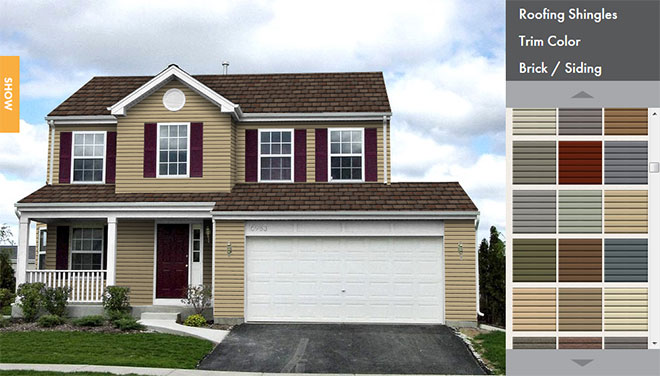Commercial Roofing MN | Infrared Moisture Testing
Today’s building owners are saving hundreds of millions of dollars every year with infrared moisture testing.
Technologies such as infrared moisture scans provide a picture of a specific condition of a building. Infrared cameras have the ability to see and locate what the naked eye is unable to detect. This information is vital for the building owner to accurately assess the current condition of their roof for future budget considerations.
Maintenance is not what you do to fix a leak. It’s what you do to prevent a leak
More building owners today are using infrared testing services on their roofs to help them pinpoint areas of saturation. Infrared thermography is an invaluable tool in the roofing industry because of the accuracy of information they can provide.
Infrared thermography detects saturated insulation within a roof assembly by measuring heat loss. The presence of saturated insulation means that moisture is penetrating the roof system in that area. Moisture detection is valuable in that it identifies the precise area of saturation that needs replacing. In doing so, a building owner is made aware of the damage that can be present by one seemingly minor leak if left undetected.
It’s nearly impossible to accurately determine the amount of existing wet insulation by taking random cuts on the roof in question. By having an infrared moisture scan performed, the amount of wet insulation that should be replaced can be located and verified.
The infrared camera doesn’t see saturated insulation, but rather temperature differentials. This helps in distinguishing the appearance of wet insulation from a variety of other conditions, which also show up as “hot” spots.
According to the American Institute of Architects, the average life expectancy of a building is 75 years. An average roof, however, only lasts 15 years, according to the National Roofing Contractors Association. If facility executives are diligent about roof design, system selection and maintenance, and can get 25 years out of a roof instead of the average 15, that would mean two fewer roofs over the life of a building.
By identifying these problem areas early, measure can be taken to:
- To investigate suspected water intrusion problems in building structures
- To prevent and predict equipment failure
- To reduce downtime of equipment
- To reduce costly and unnecessary repairs
- To identify and locate water infiltration into roofing systems.
- To locate areas of energy loss.
- Can help determine which components are failing over time. It’s much more cost effective to be able to schedule when these components need to be replaced or repaired, rather than in a code red panic when they fail!
Professional roofing consultants have the expertise to effectively perform infrared moisture testing. For more information on testing services, contact a Minnesota Commercial Roofing Contractor.


 Click Here
Click Here Click Here To Use
Click Here To Use